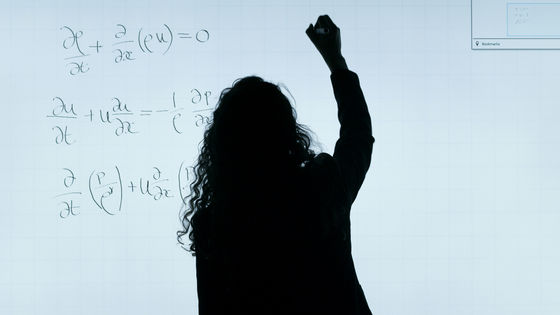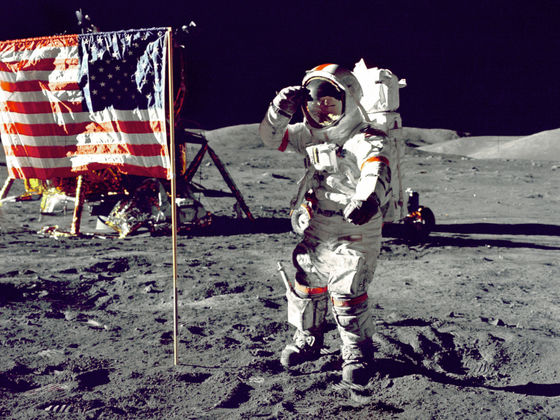Time moves faster on the moon than on Earth

Momentum for lunar development is building in the United States, as NASA announced in 2019
A Relativistic Framework to Estimate Clock Rates on the Moon - IOPscience
https://iopscience.iop.org/article/10.3847/1538-3881/ad643a

Time moves faster on the moon, new study of Einstein's relativity shows | Live Science
Twentieth-century physicist Albert Einstein proposed that 'two observers can agree on the length of an hour only if they are moving in the same direction and at the same speed.' This also applies between a person on the surface of the Earth and another in orbit or on the Moon, and National Institute of Standards and Technology (NIST) theoretical physicist Vijnath Patra said, 'If we were on the Moon, the clocks would run differently than they do on Earth.'
According to Patra, the Moon has less gravity than the Earth, so time passes faster on the Moon than on Earth. In fact, NIST physicist Neil Ashby and his colleagues used Einstein's theory of general relativity to calculate how time passes on the Moon and on Earth.

After complex calculations that take into account the orbital forces of the Moon and Earth, as well as the Earth's deviations from perfect spheres, it has been determined that the Moon moves faster than the Earth by 0.000056 seconds (56 microseconds) per day.
This time difference of 56 microseconds is very small by human standards, but when it comes to guiding multiple missions with pinpoint accuracy or communicating between the Earth and the Moon, this time difference is a significant discrepancy. Modern precision navigation relies on clock synchronization using radio waves traveling at the speed of light, and according to NASA systems engineer Cheryl Gramling, light travels 30 cm in 0.001 microseconds (1 nanosecond), so unless the time discrepancy of 56 microseconds is taken into account, navigation errors of up to 17 km per day on the moon are possible. In addition, the Artemis program, which requires high accuracy, requires that the current positions of all rovers, landers, and astronauts must always be known to within an error of 10 m.

'The relativity community has been a great help to us by making all their calculations publicly available,' Gramling said. 'We have the international community of timekeeping experts who have given us what we can call a model of time that we could standardize on the Moon.'
Related Posts:
in Science, Posted by log1r_ut







